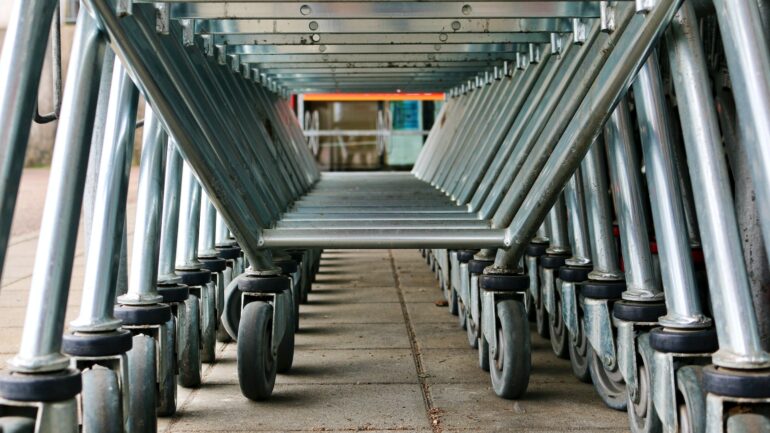Putting casters on toolboxes offers many benefits, such as reducing time spent manufacturing, loading, and unloading tools. They also make moving things easier, like shopping carts or office chairs. You can get tool box wheels in various sizes, materials, and designs. Some are better for heavy loads, while others are better for working with chemicals or flammable gases.
Versatility
The variety of casters that are offered is another advantage. To fit any circumstance, they are available in various sizes and materials. For instance, swivel casters make it simpler to move office chairs and shopping carts, and plate-mounted casters might assist in moving big objects. In addition, certain materials are appropriate for handling chemicals, operating in extreme temperatures, and conveying delicate items.
Heavy-Duty Strength
Casters are particularly useful in industrial settings. Industrial casters are built to last and can support up to 100,000 pounds. They support the machinery while lowering the resistance to make moving easier.
Mobility
There are a variety of factors to consider when choosing casters for toolboxes. These include the environment where the toolbox will be used and the size of the toolbox. An industrial setting requires heavy-duty casters made of hard polyurethane or phenolic materials. These types of casters resist chemical solvents and floor debris better. Also, the weight capacity of the casters is a consideration. The greater the stated capacity, the larger the load that can be moved. When purchasing a heavy-duty toolbox, ensure that the casters match the load capacity of the toolbox.
Another consideration is the rollability of toolbox casters. Toolboxes with wheels can be more stable than those without casters. The durometer of the wheels is important, as is the condition of the floor. Bearings also play an important role in toolbox rollability. Lastly, the height of the casters can be important. The highest point of the top plate (where the casters attach) should be at least 1.5 inches above the floor. Larger top plates can help a toolbox maintain its stability while rolling.
Durability
The durability of casters on toolboxes is determined by some factors, including the durometer of the wheels, the floor’s condition, the quality of the bearings in the wheels, and the weight of the toolbox. In addition, the height of the casters, measured from the floor to the top plate (boltholes in the top plate), can help determine overall stability and rollability.
The casters on toolboxes are usually made from phenolic or polyurethane, which resist chemical solvents and are more durable in industrial settings. These casters also tend to be quieter and less likely to damage floors and obstructions. However, when determining whether a roller cabinet is suitable for your workplace, it is important to consider the floor’s surface and the frequency of moving the toolbox. Moreover, the weight limit of the toolbox should also be considered. Therefore, when purchasing a heavy-duty toolbox, look for casters with a stated weight limit. In addition to durability, casters on toolboxes should be easy to maintain.
Cost
Putting casters on toolboxes can add safety and convenience to moving tools from one location to another. Having your tools move along with you makes it easier to complete a job and reduces the risk of misplacing or damaging them. In addition, putting casters on toolboxes can be very affordable, and you will save a great deal of money.
You should consider the weight capacity when deciding which casters to get for your toolbox. Heavy-duty casters are better for heavy-duty tools, while lightweight ones will help make them easier to move around. Therefore, when choosing a caster, you should also consider your toolbox’s design and weight capacity.





